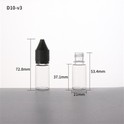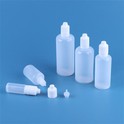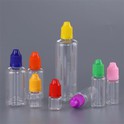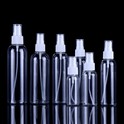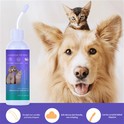In 2022, she estimates, the recycling industry has the capacity to process about 21 percent of the plastic used in water and soft drink bottles, 10 percent of milk jugs and juice bottles, less than 5 percent of grocery bags and shrink wrap, less than 2 percent of ice-cream tubs and coffee pods and less than 1 percent of plastic cutlery, coffee lids and DVD cases.
The Greenpeace report has caught flak from leaders in the recycling industry, some of whom say Dell’s 5 percent figure is deceptively low.
She is estimating the recycling rate for all plastic, not just recyclable items, they say. The recycling quotient for plastic bottles and jugs approaches 30 percent.
“If you put those plastics in the bin, 100 percent of those get recycled,” said Jeff Snyder, director of recycling at Rumpke, a trash and recycling company outside Cincinnati with 2.5 million customers.
“If I had a hundred recycling plants,” Snyder said, “I’d be able to sell every bit of it in the marketplace. Dasani, Coca-Cola, Pepsi, they want to be sustainable.”
But another report, published this year by researchers at the National Renewable Energy Laboratory, echoed Dell’s findings. Based on 2019 data, the federal study estimated recycling rates at 15 percent for water-bottle plastic, 10 percent for milk-jug plastic, 3 percent for ice-cream tubs, 2 percent for grocery bags – and 5 percent for all plastic.
In the world of plastics, “only two items are recyclable in America,” Dell said. “And those are No. 1 and No. 2 bottles and jugs,” designated with little numbers inside the triangular recycling symbol. “And everybody knows this in the recycling world.”

